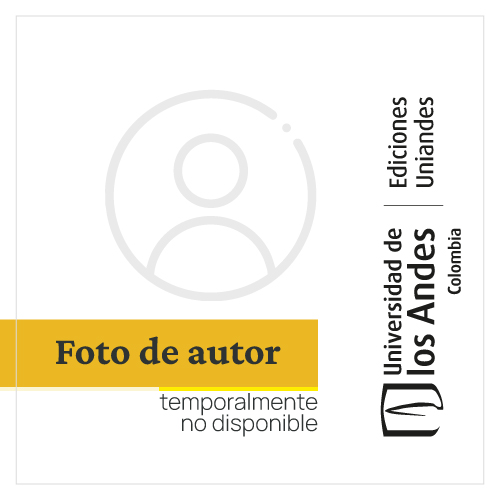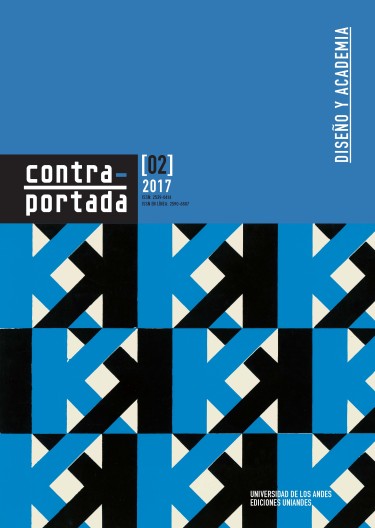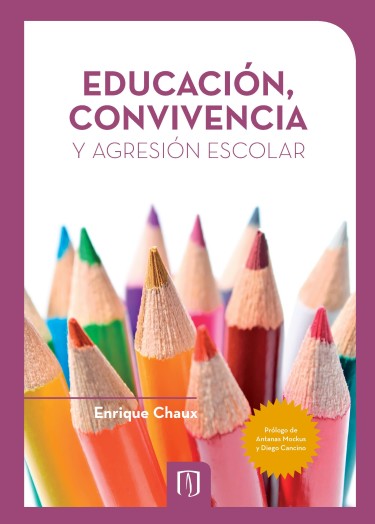¡Celebramos el Mes del Abogado! ⚖️ 20% dcto en libros impresos y 10% en ebooks de Derecho. Válido hasta el 5 de julio. 👉Explora el catálogo ahora
Formulation of Highly Electro-Conductive Thermoplastic Composites using PEDOT-based Fillers with Controlled Shape Factor
Especificaciones por formato:
E-book
-
Estado de la publicación:
Activo
Año de edición: 2024
Idioma: Ingles
DOI: Enlace
Los eBooks comprados en este catálogo editorial se acceden mediante vista en línea dentro de este mismo entorno, o, para vista fuera de línea, a través de Scholar App (PC/Mac) y Mōn'k App (iOS/Android). El usuario final no recibirá archivo PDF o EPUB ni por correo ni por descarga.
The objective of this study is to develop a new conductive thermoplastic material with superior electrical properties. Currently, conductive polymers are typically filled with carbon or metallic particles [1]. However, these filled thermoplastics exhibit drawbacks such as high rigidity, toxicity, and high viscosity [2]. An alternative approach investigated in this work is to substitute these fillers with intrinsically conductive polymers like Poly(3,4-ethylenedioxythiophene) (PEDOT). PEDOT can achieve exceptional electrical conductivities (over 1000 S.cm-1) when combined with polymeric dopants like poly(styrene sulfonate) (PSS) and is frequently used in thin films or gels in medical and energy applications [3]. However, incorporating PEDOT into the conventional hot melt processes of the plastic industry remains challenging [1].

|
Adèle Karst |

|
Michel Bouquey |

|
Jérémie Soulestin |

|
Cédric Samuel |

|
Thibault Parpaite |
- eBook Gratuito
-
Impreso
$ 20.000
-
eBook (PDF)
$ 27.000
- Impreso bajo demanda Disponible próximamente
-
eBook (PDF)
$ 44.000
-
eBook (PDF)
$ 20.900
-
eBook (EPUB)
$ 27.000
Estudios sobre el Estado y la política en Colombia. La contribución de Francisco Leal Buitrago
AutoresLaura Otero y otros
2016
-
eBook (PDF)
$ 37.900
La materialidad prehispánica: estudio de caso en la Lengüeta, Sierra Nevada de Santa Marta
AutorDaniel Rodriguez Osorio
2017
-
eBook (PDF)
$ 20.000








